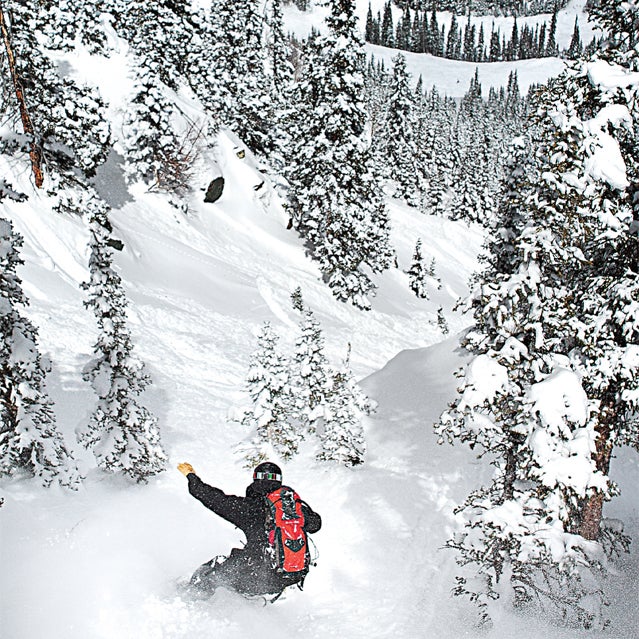1.
The Snow Report
The latest snow, ski, and winter sports stories from ���ϳԹ���.More ski area than ski resort, Taos, in northern New Mexico, still boasts an overnight RV lot and free parking. Long before inbounds hiking was deemed a must-have amenity, Taos skiers were kicking steps up 12,481-foot Kachina Peak and traversing long ridges in search of powder. And instead of widening every trail and glading every forest, the folks at Taos leave things alone to honor the flow and the adventure. There are plenty of buffed groomers, but they don’t blitzkrieg every square inch into bore-duroy. You’ll encounter bumps, drops, off-fall-line features, and plenty of questionably skiable steeps. Down the hill in the town of Taos, the architecture doesn’t just predate the building style of the modern ski industry; it predates the United States. It’s an example of culture, not couture.
2.
Hiding out just over the Montana border in eastern British Columbia, this 2,500-acre resort gets 37 feet of snow a year. A new triple, the Polar Peak chair, boosts the vertical drop to 3,550 and opens up 22 new named runs.
3.
Montana’s Big Sky offers one of the largest vertical drops in the country. Add in neighboring (combo lift tickets are available) and you’ve got the largest area (5,532 acres) of any resort in the country. Put another way: you get a bigger playground than Vail and a quarter as many skiers.
4.
Tucked into a dramatic Colorado box canyon five hours from the closest city, Telluride is America’s Chamonix, minus the French people. A massive expansion of avalanche-controlled inbounds hike-to terrain adds to the alpine vibe.
5.
Unknown to everyone but World Cup hopefuls—it’s home to one of the nation’s premier ski-racing academies—Burke has some of Vermont’s best tree skiing. The owners of Jay Peak just bought the resort, and rumor is they’re going to start pumping money into it.


